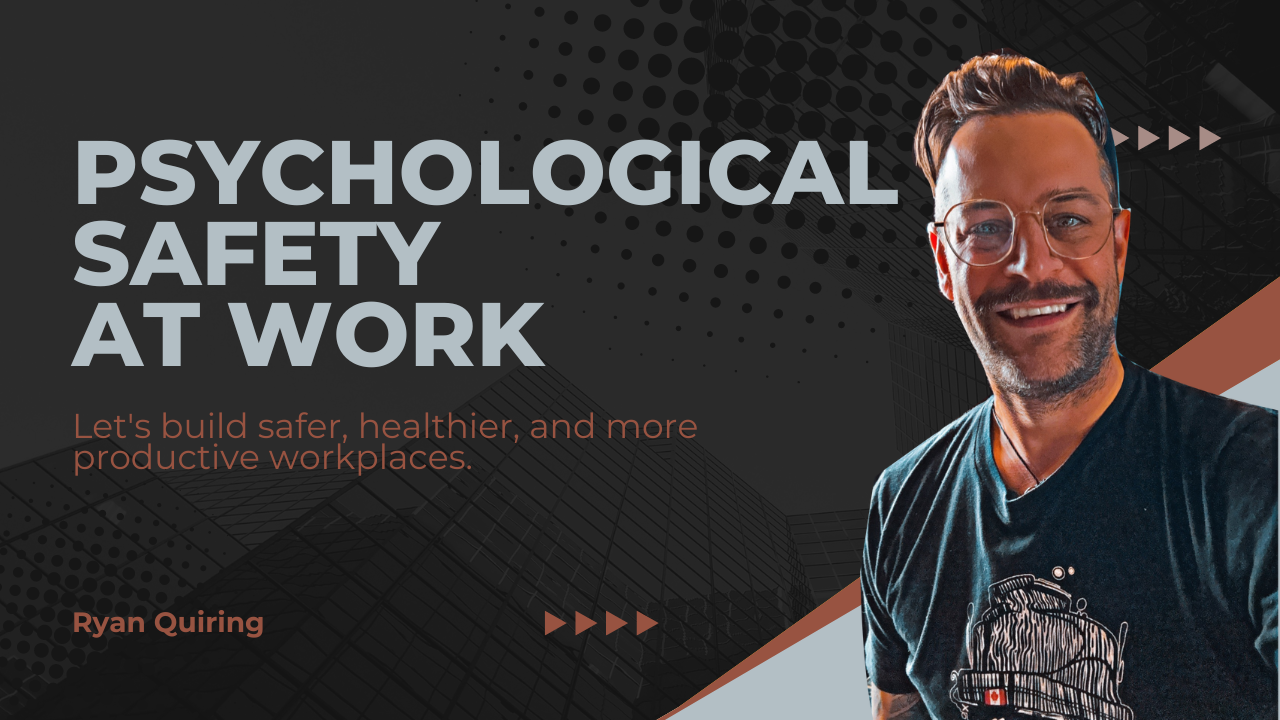Today, we’re exploring a concept transforming workplaces worldwide: authenticity at work, or as it’s often called, bringing your whole self to the office.
As someone who’s experienced both the pressure to conform and the liberation of authentic self-expression in professional settings, embracing authenticity is a game-changer for workplace culture and productivity.
Let’s define what we mean by ‘bringing your whole self to work.’ It’s about showing up authentically without hiding or downplaying aspects of your identity, personality, or life experiences and feeling safe to express your thoughts, feelings, and ideas without fear of judgment or reprisal. It’s about being you – the real you – in a professional context.
Now, why is this so important? For decades, many of us were taught to compartmentalize—to have a ‘work self’ separate from our ‘real self.’ This concept is put in the spotlight in the TV show Severance, where the protagonist, Mark, leads a team of office workers whose memories have been surgically divided between their work and personal lives.
But this approach comes at a cost. Maintaining a facade requires enormous energy. It stifles creativity and innovation and prevents us from forming genuine connections with our colleagues.
When we bring our whole selves to work, several powerful things happen:
- We free up mental and emotional energy. The energy we once spent on maintaining a ‘work persona’ can now be channeled into actual work, leading to increased productivity and creativity.
- We form deeper, more meaningful connections with our colleagues. When we’re authentic, we invite others to do the same, creating a culture of openness and trust.
- We contribute unique perspectives. Our diverse experiences and viewpoints can lead to more innovative solutions and better decision-making.
- We become more resilient. When we don’t hide parts of ourselves, we’re better equipped to handle challenges and setbacks.
So, how can we cultivate authenticity at work? Here are some strategies:
- Start with self-awareness. Understand your values, strengths, and quirks. What makes you, you? The better you know yourself, the more authentically you can show up.
- Practice vulnerability. Share your thoughts, concerns, and excitement. Let people see the human behind the title. Remember, vulnerability is not weakness—it’s courage.
- Be honest about your limitations. If you don’t know something, say so. If you need help, ask for it. This honesty builds trust and encourages others to do the same.
- Embrace your unique style. Whether it’s in how you dress, communicate, or approach problems, let your individuality shine through (within professional boundaries, of course).
- Share about your life outside work. Talk about your hobbies, your family, your weekend adventures. These personal touches help create more rounded human connections with colleagues.
- Stand up for your values. If something at work conflicts with your core values, speak up respectfully.
- Celebrate others’ authenticity. When colleagues share something personal or show vulnerability, acknowledge and appreciate it. Help create a culture where authenticity is valued.
- Be patient with yourself and others. Authenticity is a journey, not a destination. Some days, it might be harderthan others, and that’s okay.
It’s important to note that bringing your whole self to work doesn’t mean oversharing or ignoring professional boundaries. Finding the right balance – being true to yourself while respecting the boundaries of others in the workplace.
For leaders, fostering an environment where people feel safe and authentic is crucial. This means modelling authenticity yourself, celebrating the diversity of thought and experience, and embracing times when people share their true selves.
I challenge you to take one step towards greater authenticity at work this week. It could be sharing a personal story in a team meeting, voicing an opinion you’ve been holding back, or simply dressing in a way that feels more ‘you.’
Remember, when we bring our whole selves to work, everyone benefits. We create workplaces that are more innovative, resilient, and human. We foster environments where people don’t just work—they thrive.
Authenticity at work can be challenging. It requires courage, self-awareness, and a supportive environment. But the rewards – for individuals, teams, and entire organizations – are immense. So, let’s commit to bringing our whole, authentic selves to work. Because when we do, we can transform our entire workplace culture.
